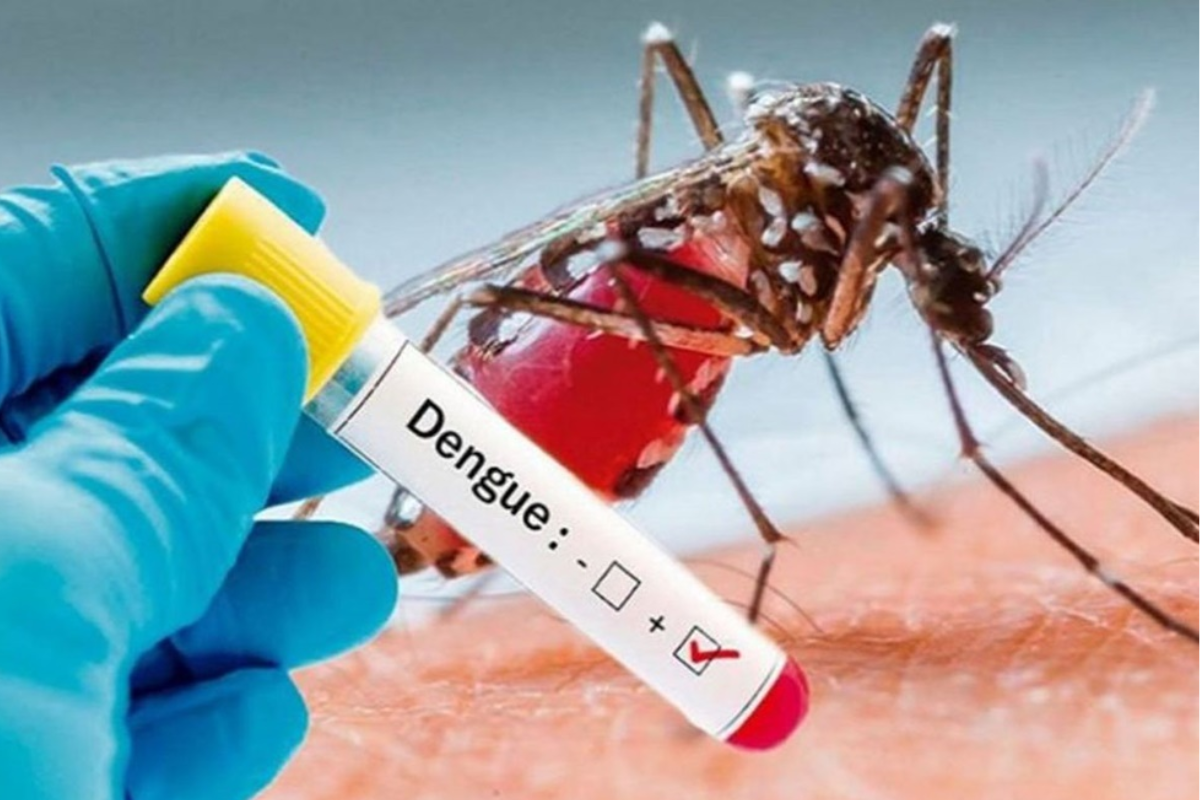Dengue Fever: A Comprehensive Guide to Understanding, Preventing, and Managing the Disease
Introduction:
Dengue fever is a mosquito-borne viral illness that affects millions of people worldwide. This potentially life-threatening disease is prevalent in tropical and subtropical regions, causing outbreaks that can overwhelm healthcare systems. In this blog, we will provide you with a comprehensive guide to understanding, preventing, and managing dengue fever.
1. What is Dengue Fever?
- Definition and Overview
- History and Spread
2. Dengue-Causing Mosquito: Aedes Aegypti
- Mosquito Life Cycle
- Breeding Sites
- Geographic Distribution
3. Dengue Virus: Serotypes and Transmission
- Four Dengue Virus Serotypes
- Mosquito-Borne Transmission
- Human-to-Human Transmission
4. Signs and Symptoms of Dengue Fever
- Mild vs. Severe Dengue
- Warning Signs
- The Role of Immunity
5. Diagnosing Dengue Fever
- Clinical Evaluation
- Laboratory Tests
6. Treatment and Management
- Fluid Replacement Therapy
- Pain and Fever Management
- Hospitalization for Severe Cases
7. Preventing Dengue Fever
- Vector Control: Mosquito Prevention
- Personal Protection Measures
- Community Engagement
8. Dengue Vaccines
- Vaccine Development
- Effectiveness and Availability
9. Global Efforts to Combat Dengue
- Surveillance and Reporting
- Research and Innovation
- Government and NGO Initiatives
10. Travel Precautions
- Dengue Risk in Travel Destinations
- Traveler's Checklist
11. Conclusion
- Staying Informed and Vigilant
What is Dengue Fever?
Dengue fever, also known as breakbone fever, is a viral illness caused by the dengue virus and transmitted through the bite of infected female Aedes mosquitoes, primarily Aedes aegypti. The disease is characterized by a sudden onset of high fever, severe joint and muscle pain, rash, and bleeding tendencies. While dengue fever itself can be debilitating, severe forms of the disease can lead to dengue hemorrhagic fever or dengue shock syndrome, which are life-threatening.
Dengue-Causing Mosquito: Aedes Aegypti
Understanding the Aedes aegypti mosquito's life cycle and breeding sites is crucial for effective dengue prevention. This mosquito species thrives in urban areas, breeding in containers with stagnant water, such as flowerpots, tires, and water storage containers. Eliminating these breeding sites is a key component of dengue control efforts.
Dengue Virus: Serotypes and Transmission
The dengue virus comes in four distinct serotypes (DENV-1, DENV-2, DENV-3, and DENV-4), and infection with one serotype does not provide immunity against the others. Mosquitoes transmit the virus to humans, and humans can also transmit it to other humans through blood contact.
Signs and Symptoms of Dengue Fever
Dengue fever's symptoms range from mild to severe and can include high fever, severe headaches, joint and muscle pain, rash, and bleeding tendencies. Identifying warning signs such as persistent vomiting, abdominal pain, and difficulty breathing is essential for seeking timely medical attention.
Diagnosing Dengue Fever
Diagnosis typically involves a combination of clinical evaluation and laboratory tests. While clinical symptoms can provide a strong indication, specific blood tests like polymerase chain reaction (PCR) and serology are used to confirm dengue infection.
Treatment and Management
There is no specific antiviral treatment for dengue fever. Supportive care, including hydration and pain management, is crucial. In severe cases, hospitalization may be necessary, and careful monitoring of vital signs and fluid balance is essential to prevent complications.
Preventing Dengue Fever
Preventing dengue fever revolves around mosquito control and personal protection measures. Individuals can protect themselves by using mosquito repellent, wearing long-sleeved clothing, and sleeping under bed nets. Communities and governments play a critical role in eliminating mosquito breeding sites and implementing vector control measures.
Dengue Vaccines
Several dengue vaccines have been developed, offering varying degrees of protection against the disease. Vaccination strategies depend on local epidemiology and vaccine availability.
Global Efforts to Combat Dengue
Global organizations, governments, and non-governmental organizations (NGOs) collaborate to combat dengue through surveillance, research, and community engagement programs. Innovative approaches, such as genetically modified mosquitoes, are being explored to control mosquito populations.
Travel Precautions
Travelers should be aware of dengue risk in their destination and take precautions to minimize exposure to mosquitoes. This includes using mosquito nets, staying in air-conditioned or screened-in accommodations, and applying insect repellent.
Conclusion
Dengue fever remains a significant public health concern, particularly in regions where Aedes mosquitoes thrive. By understanding the disease, its transmission, and prevention strategies, individuals and communities can work together to reduce the impact of dengue fever and protect public health.
Stay informed, take precautions, and support ongoing efforts to combat dengue to help prevent its spread and reduce its impact on communities around the world. Together, we can make progress in the fight against this fast-growing disease.




.png)

.png)
No comments:
If you have any doubts please let's me know